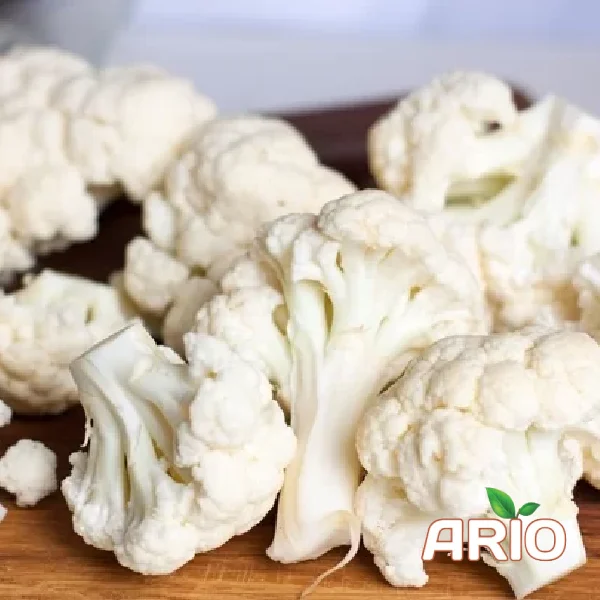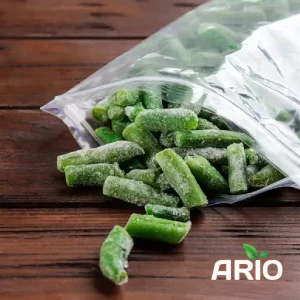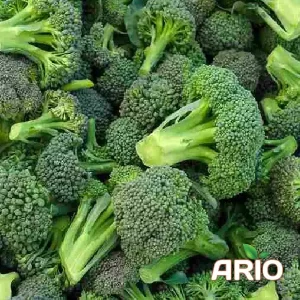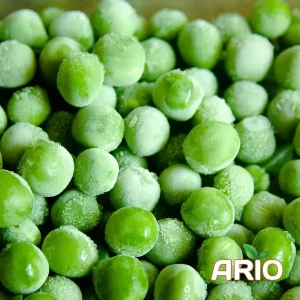IQF Cauliflower: A Comprehensive Guide to Bulk Sourcing and Market Insights
What Makes IQF Cauliflower Different and Valuable in Bulk Trade?
IQF cauliflower refers to cauliflower florets frozen individually at very low temperatures, usually below -30°C. This process preserves each piece separately rather than freezing them in a solid block. The result is better quality, easier portion control, and reduced waste. Unlike traditional block freezing, IQF retains the vegetable’s texture, color, and nutrients more effectively.
This sounds ideal, doesn’t it? By quickly freezing the florets, IQF minimizes ice crystal formation, which protects the cauliflower’s cell structure. This means consumers receive a product almost as fresh as when harvested. The nutrient profile, including vitamin C and antioxidants like sulforaphane, remains largely intact. Studies confirm that IQF vegetables can match the nutritional value of fresh produce, making them attractive to health-conscious buyers.
our product: IQF Vegetables
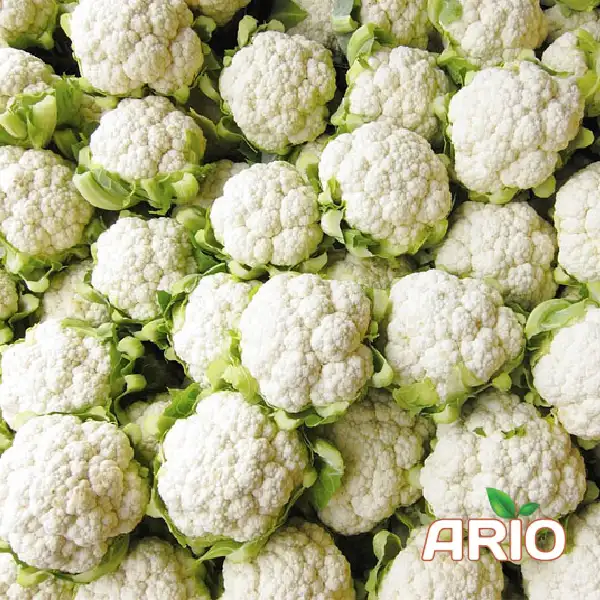
Understanding the Global Market Size and Key Players
The global IQF cauliflower market was valued at approximately USD 1.2 billion in 2024 and is expected to grow to over USD 2.5 billion by 2033. This rapid growth is driven by rising demand in foodservice, retail frozen aisles, and convenience foods. Major exporters include China, India, and Iran, while top importers are the United States, European Union countries, and Russia.
This growth leads to increased competition, but it also opens opportunities for new exporters. Iran’s favorable climate and trade connections position it well for bulk export, especially for markets looking for quality IQF cauliflower with reliable supply chains.
How to Source High-Quality IQF Cauliflower in Bulk
If you are considering importing IQF cauliflower, focusing on quality certifications is essential. Look for suppliers who comply with food safety standards such as HACCP, BRC, and FDA regulations. These certifications ensure the product meets international hygiene and safety requirements, reducing risk in cross-border trade.
Packaging is another critical factor. Bulk buyers often require the cauliflower in vacuum-sealed bags or cartons that support cold chain logistics. The minimum order quantity (MOQ) typically depends on container sizes, with 20ft or 40ft refrigerated containers being the norm. Proper temperature control during shipping, usually between -18°C and -22°C, is vital to maintain product integrity.
Logistics and Shelf Life for Bulk IQF Cauliflower
IQF cauliflower has a long shelf life—typically 12 to 18 months when stored at appropriate freezer temperatures. This shelf life offers importers flexibility in inventory management and distribution. However, strict cold chain management from the supplier’s facility to final destination is non-negotiable. Any temperature fluctuations can compromise texture and flavor, resulting in product rejection.
Ports with advanced cold storage facilities and customs efficiency are preferred entry points. The United States and EU ports often have stringent inspection protocols, so preparing documentation including HS code 07108090 and compliance certificates beforehand speeds clearance.
Practical Use Cases for IQF Cauliflower in Retail and Foodservice
This product is popular not only for retail frozen vegetable aisles but also for commercial kitchens. Restaurants, cafeterias, and ready-meal manufacturers use IQF cauliflower due to its convenience and consistent quality. Portion control eliminates prep time and waste, which reduces operational costs.
Would you expect frozen vegetables to be so versatile? They also serve well in prepared soups, stews, and healthy snacks. With consumers increasingly seeking convenient but nutritious options, demand in foodservice is poised to rise.
Steps to Import IQF Cauliflower Efficiently
1. Verify supplier certifications and audit reports
Ensuring compliance with food safety and quality standards protects your business.
2. Confirm packaging and MOQ details
Negotiate packaging formats that suit your distribution channels and order sizes.
3. Arrange logistics with refrigerated shipping containers
Coordinate with freight forwarders specialized in cold chain transport.
4. Prepare import documentation
Include HS codes, certificates of origin, and inspection reports to avoid delays.
5. Plan for proper cold storage on arrival
Ensure your warehouses can maintain necessary freezer temperatures to preserve product quality.
Frequently Asked Questions About IQF Cauliflower
What is IQF cauliflower?
IQF cauliflower consists of florets frozen individually using rapid freezing techniques that preserve quality and nutrition.
Is frozen cauliflower as nutritious as fresh?
Yes, IQF freezing retains most nutrients, making it comparable to fresh cauliflower
in health benefits.
Which countries lead in exporting IQF cauliflower?
China, India, and Iran are among the top exporters globally.
What certifications are important for frozen cauliflower export?
HACCP, BRC, and FDA certifications are crucial to meet international food safety standards.
How should IQF cauliflower be stored to maintain shelf life?
It should be stored at temperatures between -18°C and -22°C for up to 18 months.

